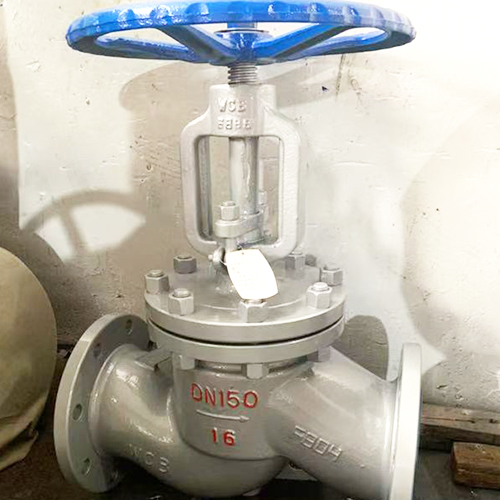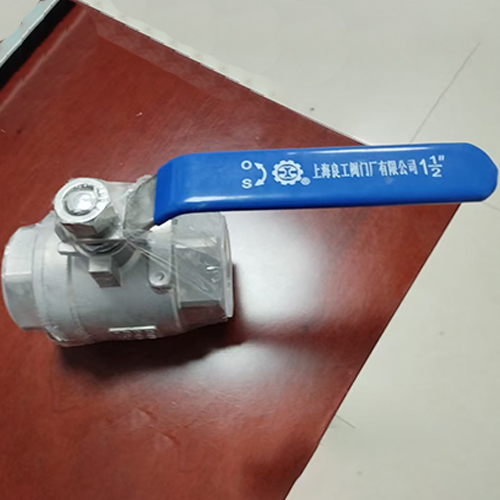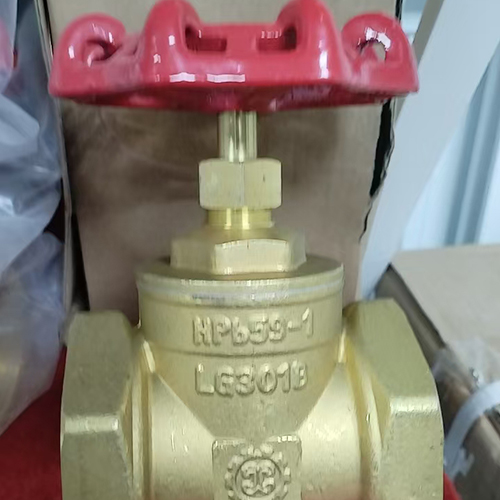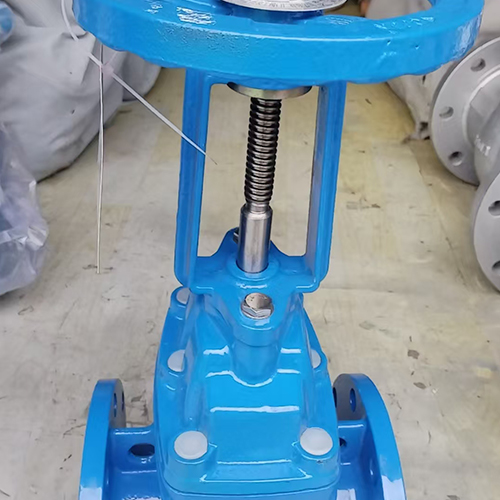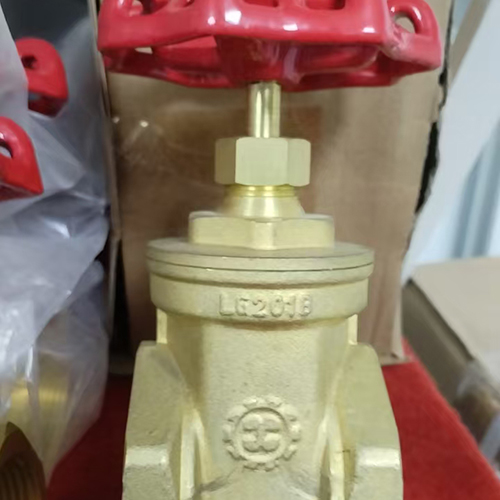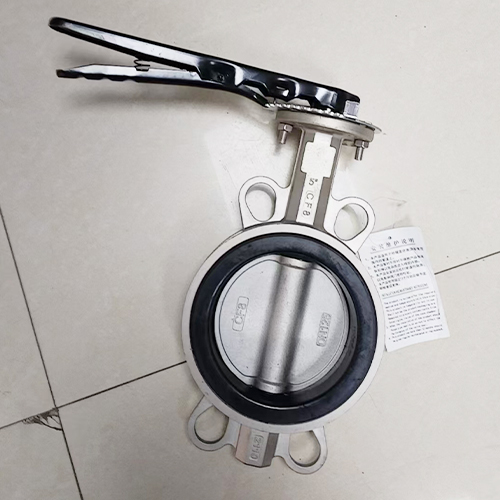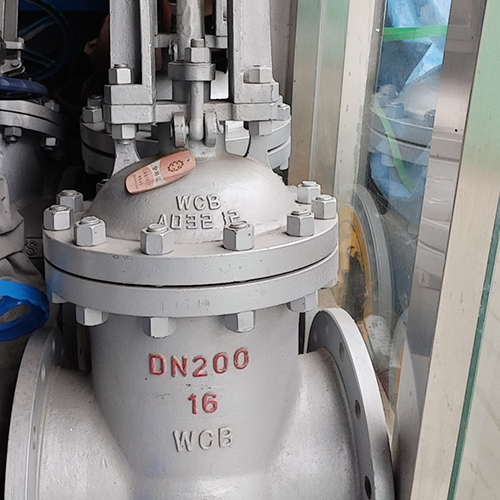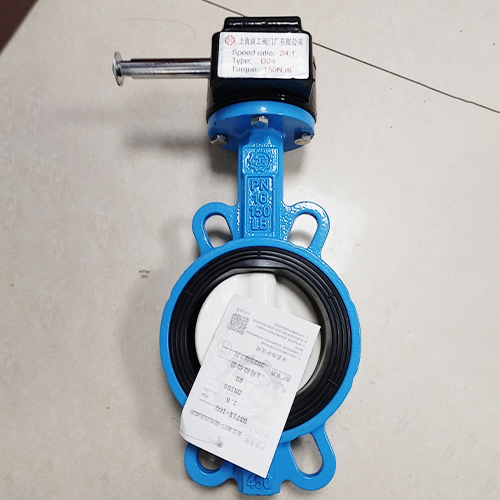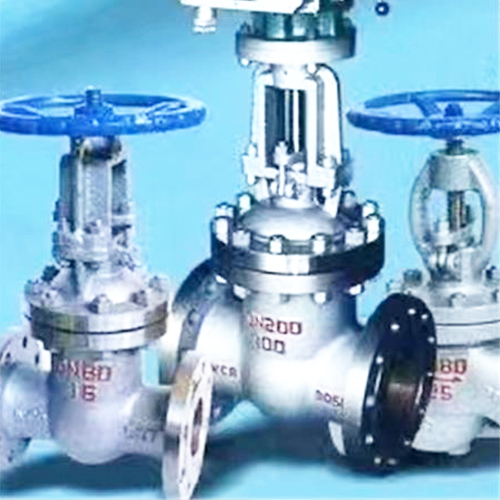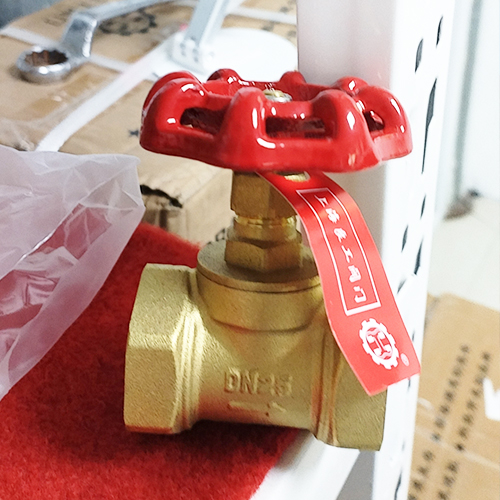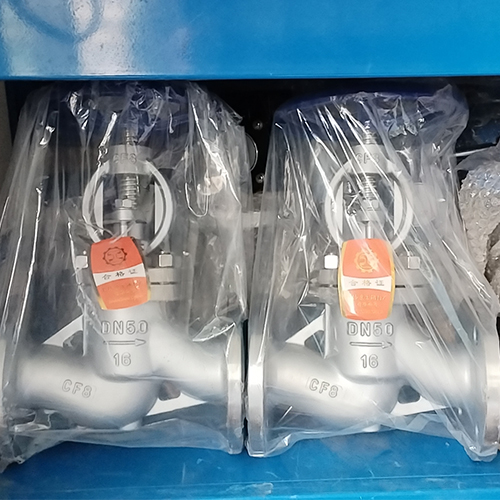1、应用范围:蒸汽管网疏水,换热设备疏水,伴热线疏水。
1. Scope of application: steam pipe network drainage, heat exchange equipment drainage, tracing wire drainage.
2、系统压力和蒸汽温度:蒸汽供应蒸汽的压力,无论是大波动,饱和蒸汽,过热蒸汽还是过热考虑阀门材料的允许限度。
2. System pressure and steam temperature: the pressure of steam supply steam, whether it is large fluctuation, saturated steam, superheated steam or superheated steam, consider the allowable limit of valve material.
3、背压和压差:此项与疏水阀的正常排水有关。系统设计并不意味着较高的背压更好。特别是对于大型蒸汽冷凝水系统,许多设计人员希望利用冷凝水的残余压力来排水。可能的残留压力可使冷凝水被输送到另一个收集点。但是,它通常适得其反,使整个冷凝水排放系统变得混乱和瘫痪。
3. Back pressure and differential pressure: this item is related to the normal drainage of the drain valve. System design does not mean that higher back pressure is better. Especially for large-scale steam condensate system, many designers hope to use the residual pressure of condensate to drain. The possible residual pressure allows the condensate to be transported to another collection point. However, it usually backfires, making the whole condensate drainage system chaotic and paralyzed.

4、负荷系数:估算大和小冷凝水负荷,然后选择适合您现场特点的系数。当用于高速热交换器时,可以考虑使用2-3倍蒸汽消耗量的系数。另一方面,对于蒸汽管道排水,可以考虑较低的系数,并且选择也可以直接基于管道产生的冷凝水量。主要原因是考虑到大多数当前站点排水点的合理性,绝缘材料的当前性能的改进以及蒸汽加热管操作规范和正常要求的显着改良。在操作过程中考虑管道冷凝物。
4. Load factor: estimate the large and small condensate load, and then select the factor suitable for your site characteristics. When used in high-speed heat exchangers, a coefficient of 2-3 times the steam consumption can be considered. On the other hand, for steam pipeline drainage, a lower coefficient can be considered, and the selection can also be directly based on the amount of condensate generated by the pipeline. The main reason is that considering the rationality of the drainage points of most current stations, the improvement of the current performance of insulating materials and the significant improvement of the operation specifications and normal requirements of steam heating pipes. Pipeline condensate shall be considered during operation.
5、设备类型:过程操作的特性和要求决定了疏水阀的主要选择。这个项目是重要的。例如,设备在特定时间是否具有温度控制要求,是否先加热然后隔热,负载前后的负荷是否显着变化,具有热容量(例如大储水容量)的容积式热交换器。带虹吸管的加热桶高速运行,设备是否有大风量,等等。
5. Equipment type: the characteristics and requirements of process operation determine the main selection of steam trap. This project is important. For example, whether the equipment has temperature control requirements at a specific time, whether it is heated first and then insulated, whether the load changes significantly before and after the load, and a positive displacement heat exchanger with heat capacity (such as large water storage capacity). The heating barrel with siphon runs at high speed, whether the equipment has large air volume, etc.
6、阀材料:不同压力等级的系统对应于不同的阀体材料要求,例如:有很多选择,例如球墨铸铁,铸钢,合金钢,不锈钢。
6. Valve material: systems with different pressure levels correspond to different valve body material requirements. For example, there are many choices, such as nodular cast iron, cast steel, alloy steel and stainless steel.
7、连接方法:考虑系统压力和温度要求以及用户配置的连接方法。例如,螺丝连接,法兰,焊接,夹具连接等。
7. Connection method: consider the system pressure and temperature requirements and the connection method configured by the user. For example, screw connection, flange, welding, clamp connection, etc.
8、工作环境:冷冻会损坏疏水阀,尤其是铸铁和黄铜阀门,无论阀门是否放置在温暖的环境中。对于机械疏水阀,由于在工作过程中始终存在水封,因此需要特别注意。
8. Working environment: freezing will damage steam traps, especially cast iron and brass valves, whether the valves are placed in a warm environment or not. For mechanical traps, special attention should be paid because there is always a water seal during operation.
This article is provided for you by Lianggong valve installation. Our website is http://www.jnlgvf.com We will wholeheartedly welcome your visit
 企业公告:
企业公告:



